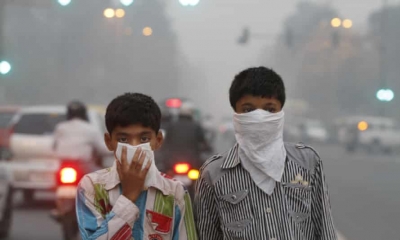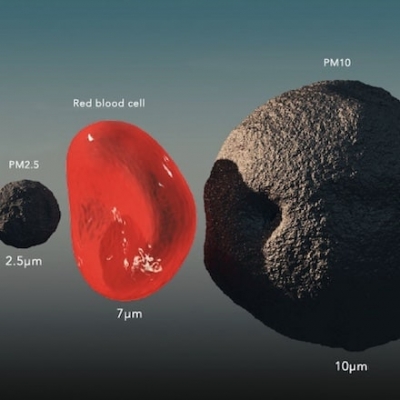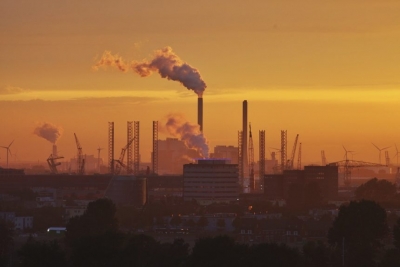Why are children more susceptible to air pollution?

Children face special risks from air pollution because their lungs are growing and because they are so active and breathe in a great deal of air.
Several studies have found air pollution linked to harm to children while they are still in the womb. A large study in California found that higher particle pollution levels increased the risk of preterm birth.5 Pregnant women exposed to even low levels of particle pollution had higher risk for preterm birth in a Boston study.6 Preterm births occurred more frequently when particle pollution spiked, as an Australian study found, even when they controlled for other risk factors.
Further evidence that cleaner air provides real benefits to children’s health came in a 2016 report from the same study exploring changes to 4,602 children’s respiratory symptoms such as coughing, congestion and phlegm. The study looked at the changes in these symptoms in three groups of children living in Southern California over different periods of time when air quality also differed (1993-2001, 1996-2004, and 2003-2012). As air quality improved, the children in the study suffered fewer bronchial symptoms whether they had asthma or not. In communities where the air quality improved the most, the children experienced even fewer symptoms.
So, does cleaning up the air really improve children’s health? In 2017, the researchers reviewed these long-term studies of children in Southern California and the impact of improvements in air quality on their health. They concluded that the 20 years of collected data provided strong evidence of the potential to improve children’s health by reducing some of the most common outdoor air pollutants.
Picture Credit : Google


